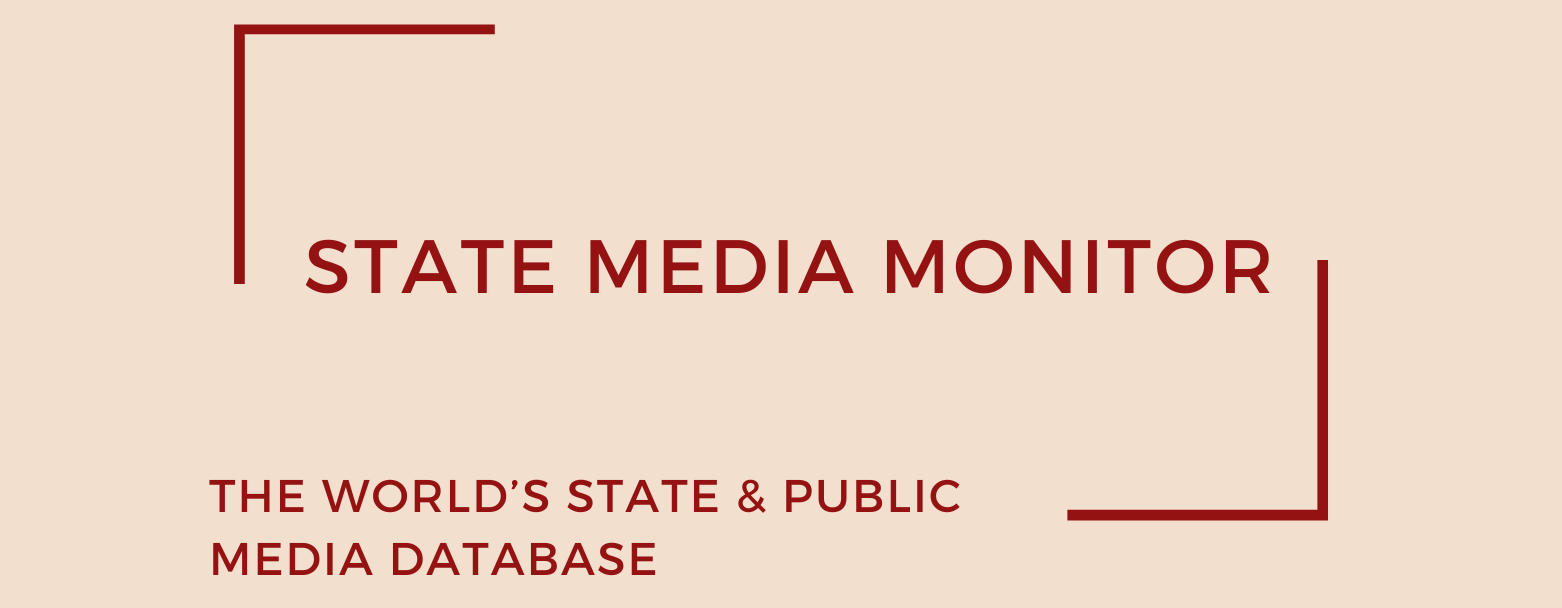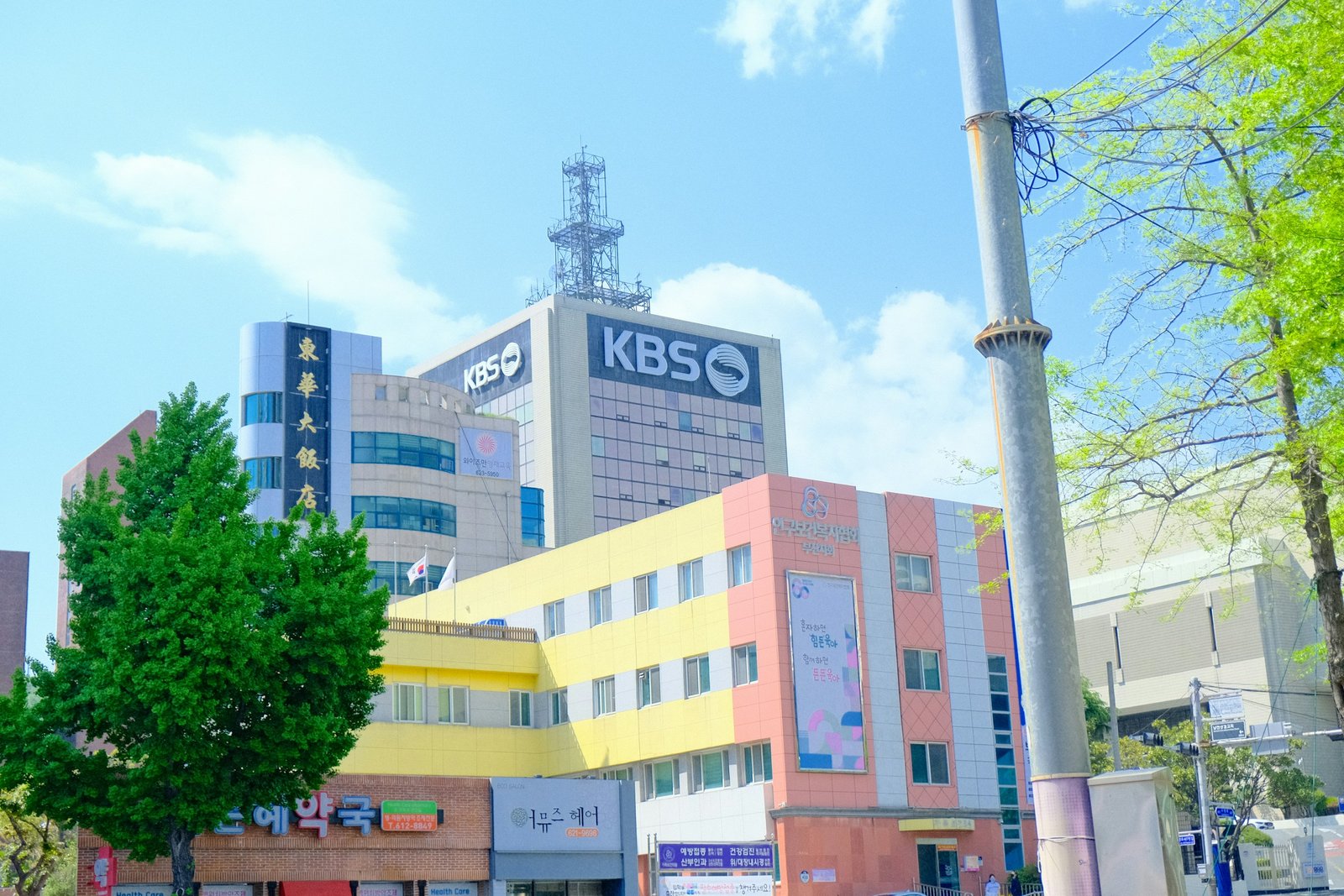Islands of Independence: Public Broadcasters Resisting Capture in Asia
By Rayhan Jasin
Most public media organizations in Asia are either heavily influenced by or entirely controlled by their respective governments. In fact, three out of every four public media outlets in Asia operate under absolute state control. According to the 2024 State Media Monitor (SMM) report, only three of the 124 Asian public media organizations are classified as Independent Public Media (IP)—the highest independence category in the SMM typology—all of which are based in South Korea. An additional four outlets are categorized as independent but are either owned and funded by the state (ISFM) or managed by the state (ISM). Notably, South Korea’s KBS and Thai PBS were previously recognized as IPs but lost this status in the latest assessment due to reported government interference in editorial operations.
Drawing on data from the SMM report and additional journalistic sources, this article analyses the seven public media organizations that have maintained a degree of editorial independence in Asia. These outlets operate in Bhutan, South Korea, and Taiwan. The analysis seeks to answer three key questions: How do these institutions protect their journalistic integrity from government interference? In what ways do their institutional structures and editorial cultures converge? And what measures can be adopted to preserve such liberal and independent environments?
The article also examines the erosion of editorial independence at KBS and Thai PBS, shedding light on the so-called “threats from below”—pressures that stem not from overt state control but from within society or internal organizational dynamics.
Bhutan: The Happy Nation with a Harmonious Public Broadcaster
Although the Bhutanese government holds a 51% majority stake in Kuensel Corporation, the outlet is classified as Independent State-Managed (ISM) due to its demonstrated editorial autonomy and long-standing commitment to politically balanced reporting. Since 2007, Kuensel has been governed by a five-member board—two nominated by private shareholders and three appointed by the government—ensuring a degree of pluralism in its governance structure. The company publishes a bilingual newspaper in Dzongkha (the national language) and English, serving a broad readership.
With over six decades of continuous operation, Kuensel remains the country’s leading media outlet by circulation. Its digital platform, Kuensel Online, is the most visited news website in Bhutan. Further underscoring its public service ethos, Kuensel has formalized a partnership with the Anti-Corruption Commission to promote ethical business practices and integrity in journalism.
South Korea: A Prime Model of Independent Public Media—With Emerging Cracks
Once hailed as a model of fully independent public broadcasting, South Korea’s media landscape took a sharp turn in the 2024 State Media Monitor report, which downgraded the Korean Broadcasting System (KBS) due to mounting government pressure. Concerns included threats to its financial autonomy and direct political interference, including the cancellation of a current affairs programme. As a result, KBS was reclassified by MJRC as a Captured Public (CaPu) media outlet.
Despite this setback, KBS remains an exception rather than the norm. South Korea continues to remain home to the only Independent Public (IP) media entities on the continent, demonstrating robust editorial autonomy, financial resilience, and public accountability. Three key institutions—Korea Educational Broadcasting System (EBS), Munhwa Broadcasting Corporation (MBC), and Yonhap News Agency—have consistently topped the State Media Monitor rankings since 2022.
Founded in 1997, EBS operates under a board of non-executive directors appointed by the Korea Communications Commission (KCC). Its diversified revenue base includes advertising, product sales, license fees from the public, and limited government subsidies. EBS also maintains an Audience Committee composed of academics, civil society representatives, and educators, designed specifically to protect the independence of its programming.
Established in 1988, MBC serves as South Korea’s cultural public broadcaster. It is majority-owned (70%) by the Foundation for Broadcast Culture (FBC), with its board members also appointed by the KCC. Unlike many public broadcasters, MBC is financially independent from government support, relying solely on advertising revenue. Moreover, its president is selected through a participatory process akin to a political campaign, bolstering transparency and professional accountability. A Viewers Committee, mirroring the structure of EBS’s audience body, further enhances public oversight.
Yonhap News Agency, designated by law as the national news agency since 2003, is co-owned by KBS, MBC, and the Korea News Agency Commission—a hybrid body with representatives appointed by the government, the National Assembly, and media sector actors. Like MBC and EBS, Yonhap is financially independent, generating revenue primarily from news sales, complemented by public grants. It maintains a Complaints Manager, a Content Advisory Committee, and an independent evaluation commission to monitor and uphold journalistic standards. With 550 journalists and photographers, 120 domestic reporters across 13 provinces, and more than 40 foreign correspondents, Yonhap operates the largest news-gathering network in the country.
Efforts to reinforce editorial independence are ongoing. A landmark proposal—the Public Media Governance Act—seeks to establish a 100-member citizens’ committee representing diverse sectors of society to advise on executive appointments at KBS, MBC, and EBS. First introduced in December 2022, the bill remains under parliamentary review.
Taiwan: State-Owned, Yet Editorially Independent
State ownership does not automatically equate to state control—an assertion exemplified by Taiwan’s three principal state-owned media outlets, which maintain a surprising degree of editorial independence and pluralism in their reporting.
The oldest among them, Radio Taiwan International (RTI), was established in 1928 as Central Broadcasting System (CBS) and rebranded in 1996. RTI serves as the Taiwanese government’s flagship radio station. While its board of directors is appointed by the government and operates under the supervision of the Ministry of Culture, RTI enjoys editorial freedom in practice. Roughly 75% of its budget comes from public subsidies, with the remainder funded by airspace rental income.
Similarly, the Taiwan Broadcasting System (TBS), the country’s main public television entity, is entirely state-owned and government-funded. Formed in 2006 through a media reform initiative that merged CTS and PTS under the Public Television Act of 2009, TBS also oversees Hakka TV, which broadcasts in the Hakka language. TBS is managed by the Public Television Service (PTS) Foundation, whose board is appointed by Taiwan’s legislature, the Yuan Parliament. The foundation receives up to 80% of its funding from the government, supplemented by public donations, both administered through the Ministry of Culture.
Due to their financial reliance on state funding and management by the state, both RTI and TBS have been categorized as Independent State-Funded and State-Managed Media (ISFM) since 2022. The Central News Agency (CNA) is the only Taiwanese state media outlet that is ranked higher, designated as an Independent State Media (ISM) in the 2024 State Media Monitor Report. CNA’s board is appointed directly by the Prime Minister’s Office. Nevertheless, the agency has made significant strides in reducing its dependency on government funding, decreasing the public share of its budget from 57% in 2019 to just 26% by 2024.
The Importance of Independent Media in Asia: Navigating Threats from Above—and Below
Asian public media outlets are often dismissed as mouthpieces of authoritarian regimes, instruments designed to amplify state propaganda while stifling dissent. This perception is not unfounded, given the common strategies employed by governments: restricting editorial freedoms, infiltrating leadership structures, and controlling budgets and revenue streams. Yet, seven public media institutions across Bhutan, South Korea, and Taiwan offer a convicing narrative. They demonstrate that, even in politically charged environments, it is possible to preserve public service journalism and maintain independence.
These cases reveal three foundational pillars for preserving public media independence: adaptability, independent oversight, and legal reform. In Bhutan, Kuensel Corporation has sustained its editorial independence by embracing technological change—expanding its online presence to remain both relevant and financially viable. South Korea’s three Independent Public media companies have established robust oversight bodies tasked with handling public complaints, auditing content, and enforcing professional standards. Meanwhile, Taiwan’s media landscape illustrates how editorial independence can be preserved through legal frameworks that delegate governance authority to internally autonomous boards, despite continued state ownership and funding.
However, institutional protection alone is not sufficient. Both KBS in South Korea and Thai PBS, once heralded for their public service ethos, have suffered serious erosions of editorial independence. What went wrong? Media scholars Cherian George and Kyu Ho Yum (2022) argue that “the glare of publicity does not (always) guarantee justice”. Their concept of ‘apathetic silence’ offers a sobering insight: even in the face of overt political interference and corruption, the public may remain passive, either disillusioned or disconnected from the fate of their media institutions. This erosion of public trust, they argue, is compounded by the rise of shadow digital professionals—covert operatives who flood the information space with disinformation and vilify progressive journalism, ultimately reinforcing political incumbents.
When public support dwindles, societies become desensitized to assaults on press freedom. The normalization of censorship and media capture become part of the daily routine. While the root causes, authoritarian populism, toxic polarization, and ethnic nationalism, are not exclusive to Asia, their effects are increasingly global.
In short, threats to public media independence no longer emanate solely from “above”, through state coercion, but also from “below,” in the form of public apathy and digital manipulation. For a public media institution to truly fulfill its democratic mission, it must remain grounded in the values of public service, actively defend freedom and equality in its reporting, and build trust with its audience. Pursuing financial independence or resisting state censorship in isolation is insufficient. Only by addressing both vertical and grassroots threats can public media institutions maintain their integrity and continue serving as credible sources of information in democratic societies.
Citation (cite the article/profile as part of):
Dragomir, M. (2025). State Media Monitor Global Dataset 2025.
Media and Journalism Research Center (MJRC).
Zenodo.
https://doi.org/10.5281/zenodo.17219015
This article/profile is part of the State Media Monitor Global Dataset 2025, a continuously updated dataset published by the Media and Journalism Research Center (MJRC).

